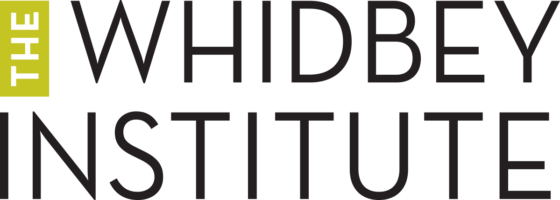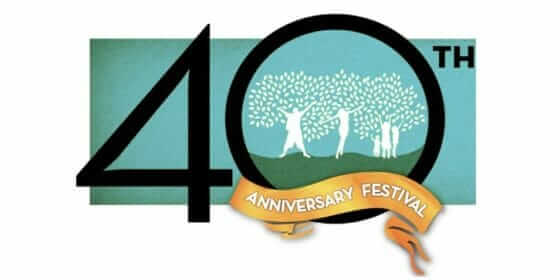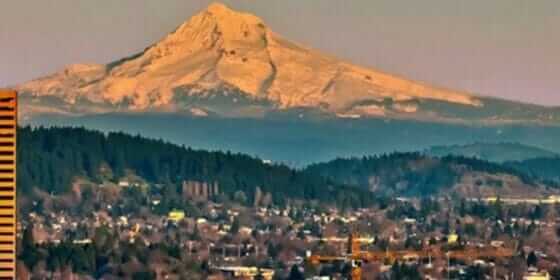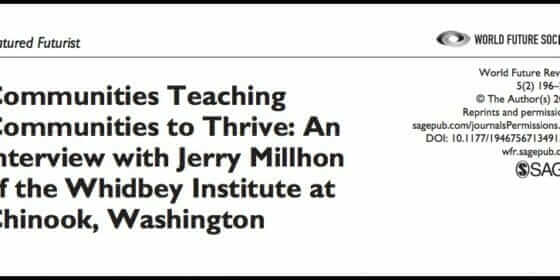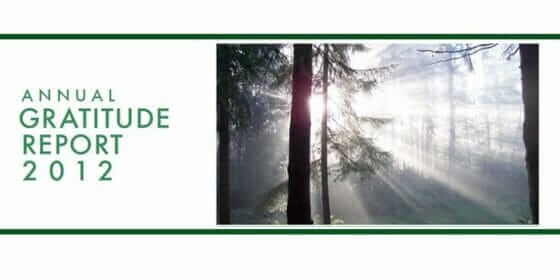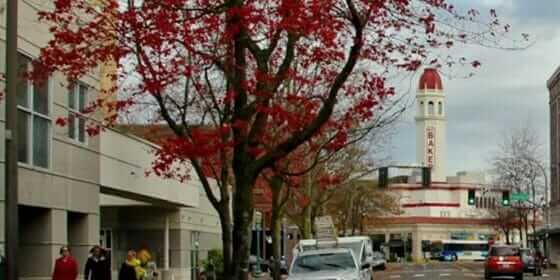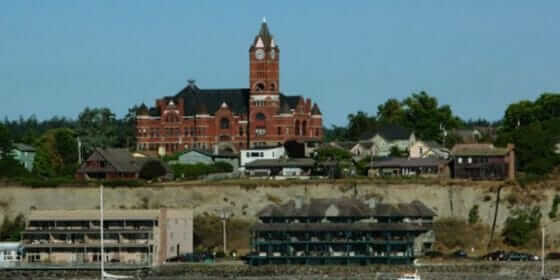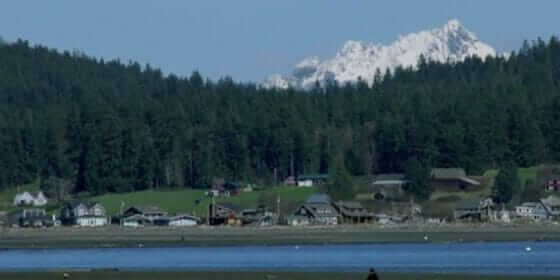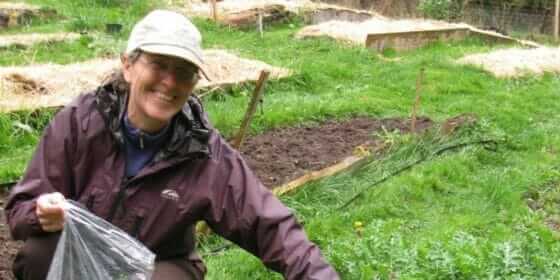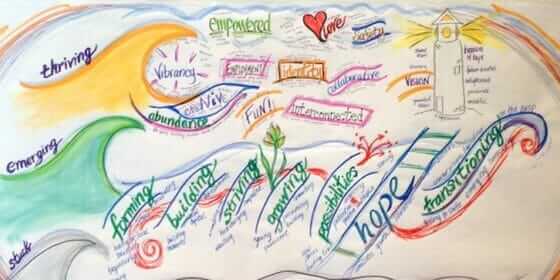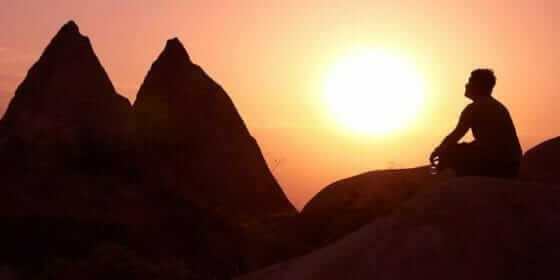In the calming but warm woody space of the Whidbey Institute sanctuary, on the first Tuesday of every month, something has been quietly happening for the last seven years, something so completely remarkable that the subject of the event, without the insistence of the Institute, would have humbly rathered rather that we not make a remark about it at all.
One man has made it his spiritual practice, month in and month out for seven years, to bring the gift of meditation to others who would join him. On the first Tuesday of every month, groups have gathered in the Sanctuary for guided meditation, small, or large, even on national holidays.
Howard Aposhyan began meditating while in graduate school in Colorado back in 1987. While studying at CU Boulder, he took a weekend introductory meditation workshop at the Naropa Institute (now Naropa University). The direct, wide, wakeful quality of the experience opened him up to life’s changeability. “It actually led me into a bit of a love-hate relationship with meditation,” he confides with a laugh.
Later on, while earning his Ph.D. in Oregon, Howard took the other retreats and workshops, and began studying Morita Therapy, a Zen-inspired form of psychotherapy which integrates mindfulness meditation practice with mental health counseling.
On finishing his graduate studies, Howard moved back to Boulder and to Naropa, this time as faculty member, where he began teaching psychology and meditation. There, he met Dzogchen Ponlop Rinpoche, who directed a Sangha in Boulder and with whom he began a student-teacher relationship. When Rinpoche eventually relocated his Sangha to Seattle, Howard also moved with his family, eventually settling on Whidbey Island in 2004. At that time, Rinpoche, still working in Seattle, gave Howard the directive to “teach meditation on Whidbey.” “There were no specific instructions as to where exactly, or in what way I was supposed to go about doing this,” says Howard. “I simply knew that this was my task, to it figure out and take up on my own somehow.”
At the time, Howard had already discovered the Whidbey Institute and had been going to Chinook to run the trails, and to use the Sanctuary to do yoga and meditate. The space then was the same as it is now: always inviting and open, a place where one could “drop in.” After some time coming to the land as a visitor, it finally occurred to him while meditating in the Sanctuary that he might teach meditation at the Whidbey Institute. And so in late 2005, Howard approached Sharon Parks and Larry Daloz, and they agreed to let him start teaching, once every month on the first Tuesday, in the sacred space of the Sanctuary.
“The structure of a typical session, or ‘open house,’ is quite simple,” Howard says. “People show up; there’s no signup or RSVP of any kind. I introduce myself, share the essential points of meditation, -and answer any questions people have. Then, we have 30 minutes of silent meditation. There is no right or wrong way to do it: some choose to sit on a cushion; others in a chair; others choose to lie down. Afterwards, we open up time for any sitters who are gathered to share about how it went, or about their experience, as they’re willing.
“For me, offering monthly meditation has been energetically very simple. Through the years the people who come have just been lovely to meet and to know…sometimes they share something beneficial or meaningful or even profound, and it enriches the experience for all of us.”
For Howard the desire to teach and share meditation has been continuous, even when no one shows up to a session: “there have been as many as 16-17 people maximum, and as few as two who come to meditate. Lately the average has been more like six to eight, or as few as three to four people.” Historically people have even come out to meditate on national election night, with this last election the only exception.
Howard hopes that his monthly offering in the Sanctuary gives those with a desire to begin meditation practice an opportunity to practice without the pressure of more formal groups or institutions. “Other than One Drop Zen/Tahoma Monastery, up until I began teaching there was no other other place around the South Island to join a group and practice. There were sitting groups all over the area, but they were mostly in living rooms, didn’t really advertise, and you often didn’t hear about these groups unless you knew someone. Now, there are lot more opportunities to practice.”
But Howard continues to offer his open space to others, month after month, year after year, until it’s not needed anymore.
And how about the practice itself?
“Meditation is very accessible,” says Howard. “It’s a simple thing to teach, and a very hard thing to do, because the essence is paying attention. When I begin a meditation, I give people some basic and general points for the body, and points for the mind. Beyond that, there are two kinds of meditation we practice together: Shamatha and Vipassana. There are many varieties of both, but one is necessary for the other.
A traditional metaphor for Shamatha, which is calm-abiding meditation, to stilling your feet in the a mud-puddle. When you’re standing in a puddle of muddy water, to get out of the murkiness and see what’s below, the temptation may be to move your feet. But in doing so, you only kick up the mud, clouding the water further. So, the best thing to do is quit moving your feet. Shamatha is the stopping. When you let the mind relax, the calm arrives. It’s a state which sometimes accompanies repetitive movement of any kind, and can be incredibly liberating.
“Once your mind is still, your awareness broadens. This is the beginning of Vipassana, in which your mind is opened to witnessing and fully understanding the impermanence of all things. Any direct experience becomes an object, an opportunity for practice, whether it’s hearing a sound, or feeling pain in your body. Awareness emerges, divested of intellect and its limiting beliefs and projections. Free to have the direct experience of being human, you begin to open up to everything, and begin to recognize the fluidity, the openness of life, as well as the non-bounded, non-solid aspects of our lives.
If there’s any one lesson to take globally from meditation practice, it’s that there is no solidity, ground, or safety in life. The bad news is, you’re in a state of constant free-fall, and there’s simply nothing to hang onto. The good news is that there is no ground to break your bones upon. This realization can be terrifying for the ego, which desires so badly to control our circumstances. But there is a sense of artistry and responsiveness to this realization – as one great teacher described it, it’s like ‘playing ball in running water.’ Your life becomes a practice in constant movement, of flowing and acceptance.
And how has this practice impacted Howard?
“Ask my wife,” he says, then returns to refreshing generalities. “Meditation practice can make you more patient, more open, more generous. But actually, the benefits are hard to measure, and transcend the immediacy of any goal you could set for yourself. In the long view, if I’m not doing it to feel better now, but doing it with expectation-free curiosity and a desire to ‘wake up’ – whatever ‘waking up’ may look like when it actually happens – then I’d say you’re doing the right thing.”
February 7, 2013
